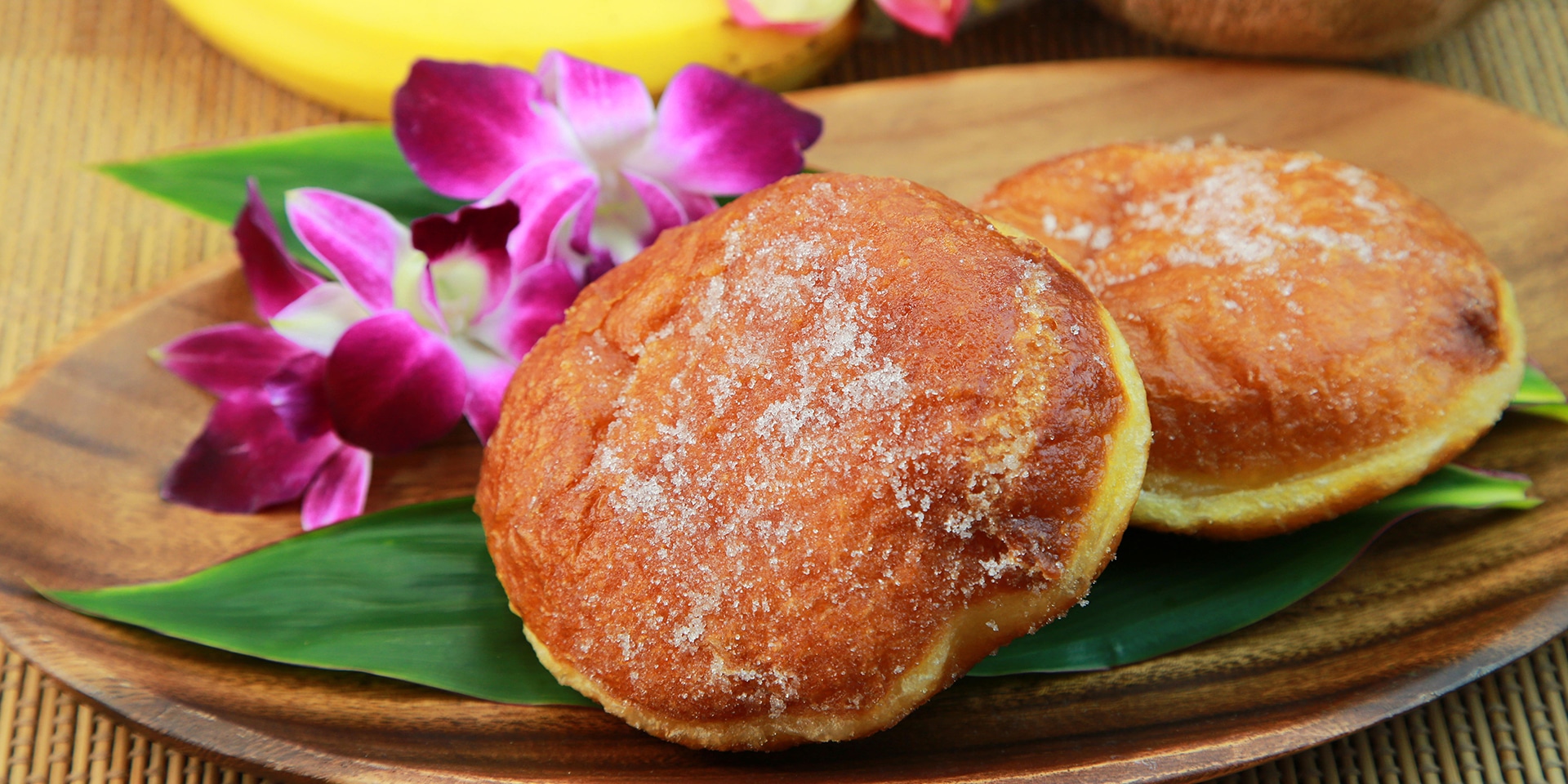A quick Hawaiian language lesson: “Ono” means tasty. Or delicious, yummy, whatever you like to say when the waiter asks if you’re enjoying your meal.”So ono!” you’ll reply, your fingers pink with shrimp shells, your mouth full of noodles, your belly satisfied.
Next, a quick lesson in Hawaiian food. There’s traditional Hawaiian food. The native Polynesian diet included breadfruit, tarot, sweet potatoes and seafood. There’s Hawaii Regional Cuisine (HRC), stemming from a 90’s movement in which Hawaii-based chefs made new cuisine out of Hawaii-sourced ingredients.
And then there’s local cuisine, a mix of myriad influences. Hawaii’s cultural diversity enabled the foods of the Pacific Rim (China, Japan, Southeast Asia) to collide with those of Portugal and Spain; a collision that took place in a region rich in seafood, agriculture, and imported livestock.
Pigs from the early Polynesians and cattle from later European colonialists added new protein sources. And the military influence during WWII explains how Spam became a local staple.
Local Hawaiian cuisine isn’t fussy, but that doesn’t mean it’s simple. And you can eat local at any number of drive-ins and low-key cafés (just be sure to double check local restrictions and closures before your visit), but that doesn’t mean you won’t find local chefs finding ways to make local food in an upscale way. Some of the best food in Hawaii isn’t always good for you, but it’s always good, and it’s uniquely Hawaiian.
A note: This is just a starter guide to traditional Hawaiian food. The best way to find great local food to try is to ask a local, of course. And don’t overlook the supermarket; the shelves at the grocery nearest your hotel are lined with things to try. Poke from the deli case, manapua and sweet bread from the bakery, dried fruit in tangy hi ling powder — give them all a try.
Spam musubi
Invented by a Kauai local, this Hawaiian cuisine is a savory snack of grilled spam on top of a block of sushi rice wrapped in a belt of nori (seaweed). It’s ubiquitous in gas stations and by supermarket checkout stands and … everywhere.
Malasadas
Something between a donut hole and a jelly donut, the malasada is a Portuguese fried-dough treat. Leonard’s Bakery on the south end of Honolulu is a mainstay. They’ve been in business since the 1950s serving up traditional Hawaiian food Like at TEX (on the highway above Honoka’a on Hawaii Island), they make them while you wait.
The fillings change — you’ll find passion fruit, haupia (a coconut pudding) or basic chocolate. No matter where you go, make sure the masaladas are made while you wait.
Plate lunch
At its most basic, a plate lunch includes some kind of meat with two starchy sides and a wink at a salad — a pile of shredded iceberg lettuce with a splatter of Thousand Island dressing. But plate lunch is quintessential Hawaiian cooking for the locals.
The meat might be Portuguese sausage, breaded and fried Japanese-style katsu chicken or garlic shrimp. There’s a scoop of rice, always, with a little packet of soy or shoyu sauce and a scoop of oh-so-American macaroni salad.
Plate lunch started as a cheap farm workers’ lunch; now it’s a fast-food standard.
Your best bet is to find a beachside food truck — try a shrimp truck on the way to Oahu’s North Shore and peel your shrimp while listening to the ocean.
Saimin
This noodle soup has its roots in China, but in Hawaii you’ll find it served with Portuguese sausage, Japanese style nori, shredded cabbage, barbecued pork — any number of tasty additions.
Oddly, one of the most popular places in Hawaii to get saimin is McDonald’s, where a local franchiser added it to his menu in the 1960s. Sekiya’s in Honolulu has been setting up slurpable bowls of saimin since the 1930’s.
Mochi
In Japan mochi is a formally presented, almost ceremonial, treat; in Hawaii it’s been remixed into something more fun but just as delicious. Texture-wise, mochi is somewhere between a gummy bear and steamed bread.
Flavor-wise it’s sweet and stuffed with, well, it depends on who’s making it. Two Ladies Kitchen, on the south end of Hilo on Hawaii Island, has seasonal mochi flavors, but they also have mochi stuffed with brownies or pieces of candy bar or peanut butter.
Nisshodo Candy Store sells more traditional style mochi in Honolulu. The bad news: Mochi doesn’t travel well; it’s at its best when fresh. The good news? You have an excuse to eat it all.




